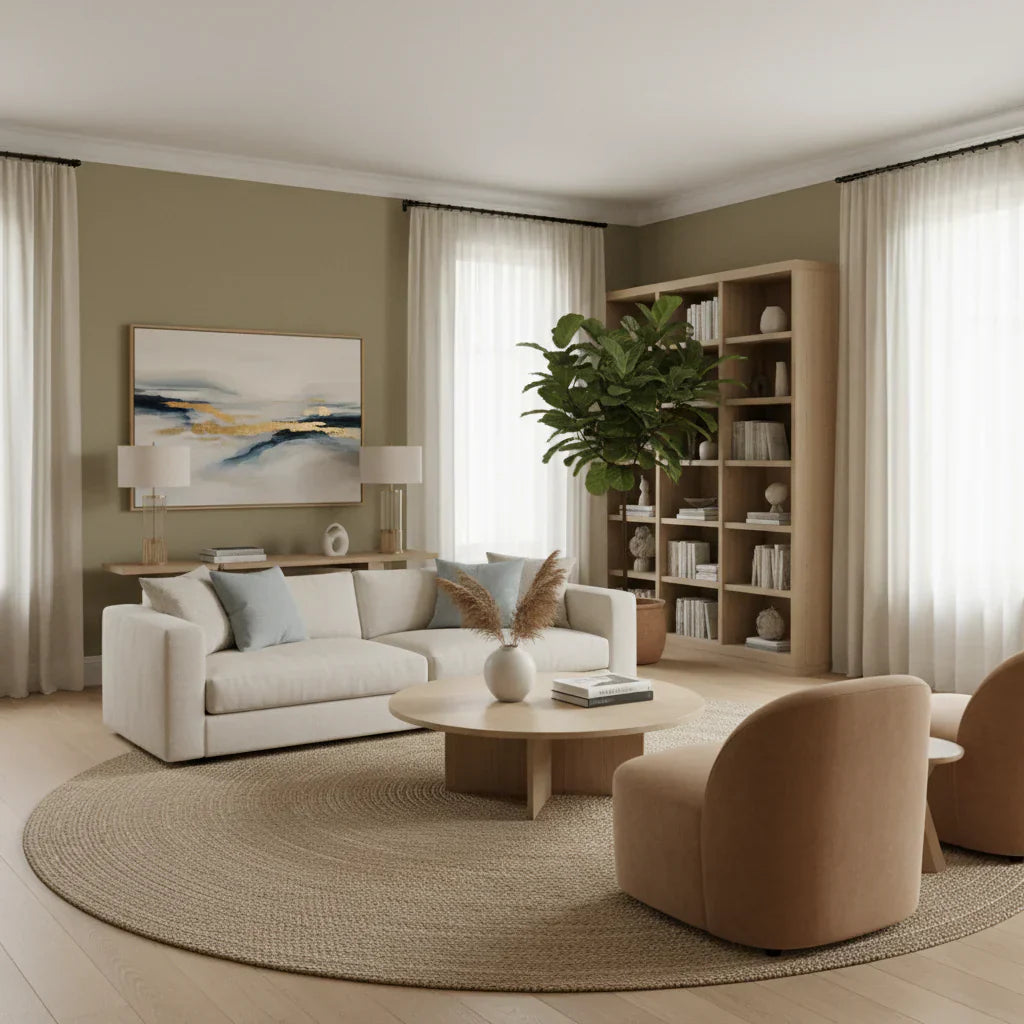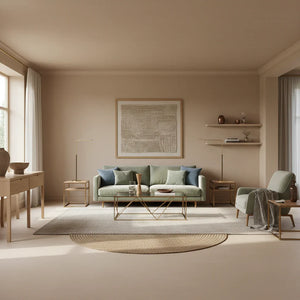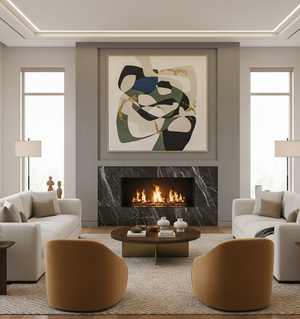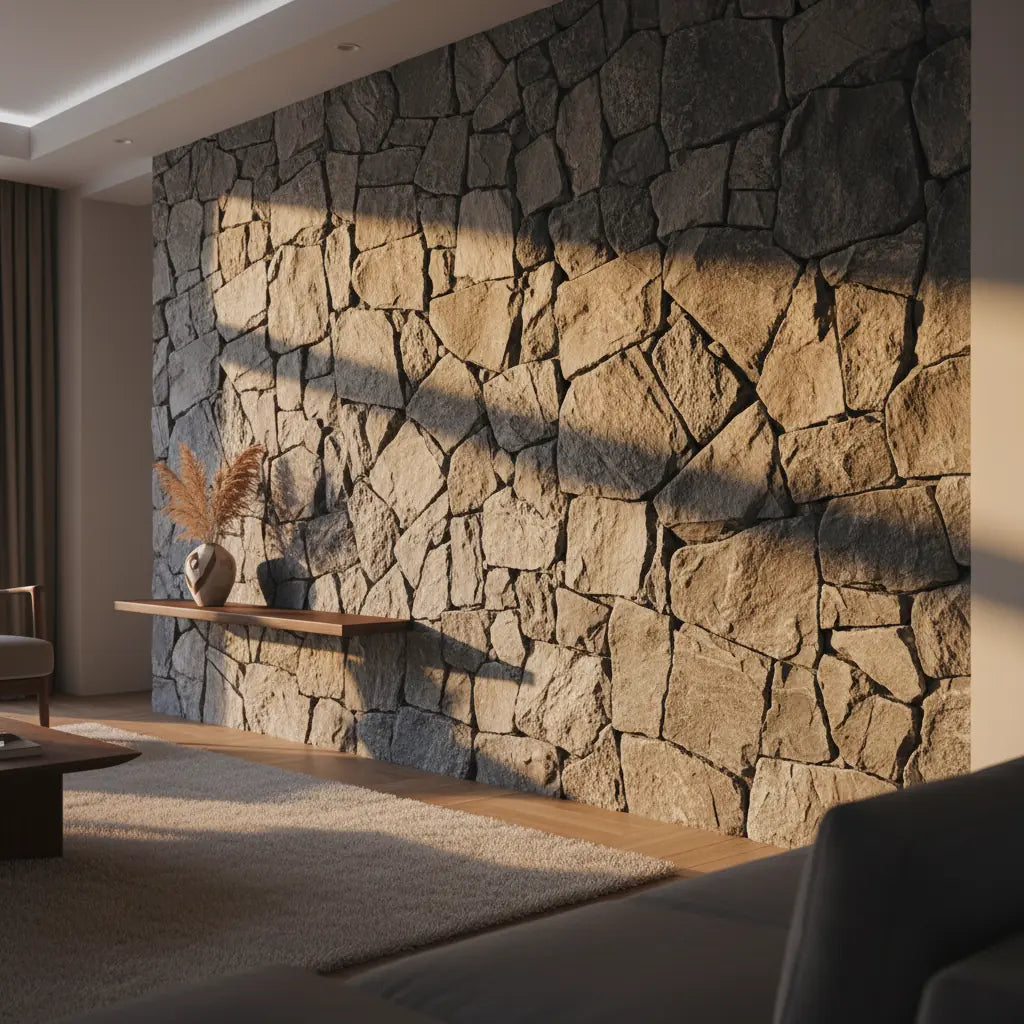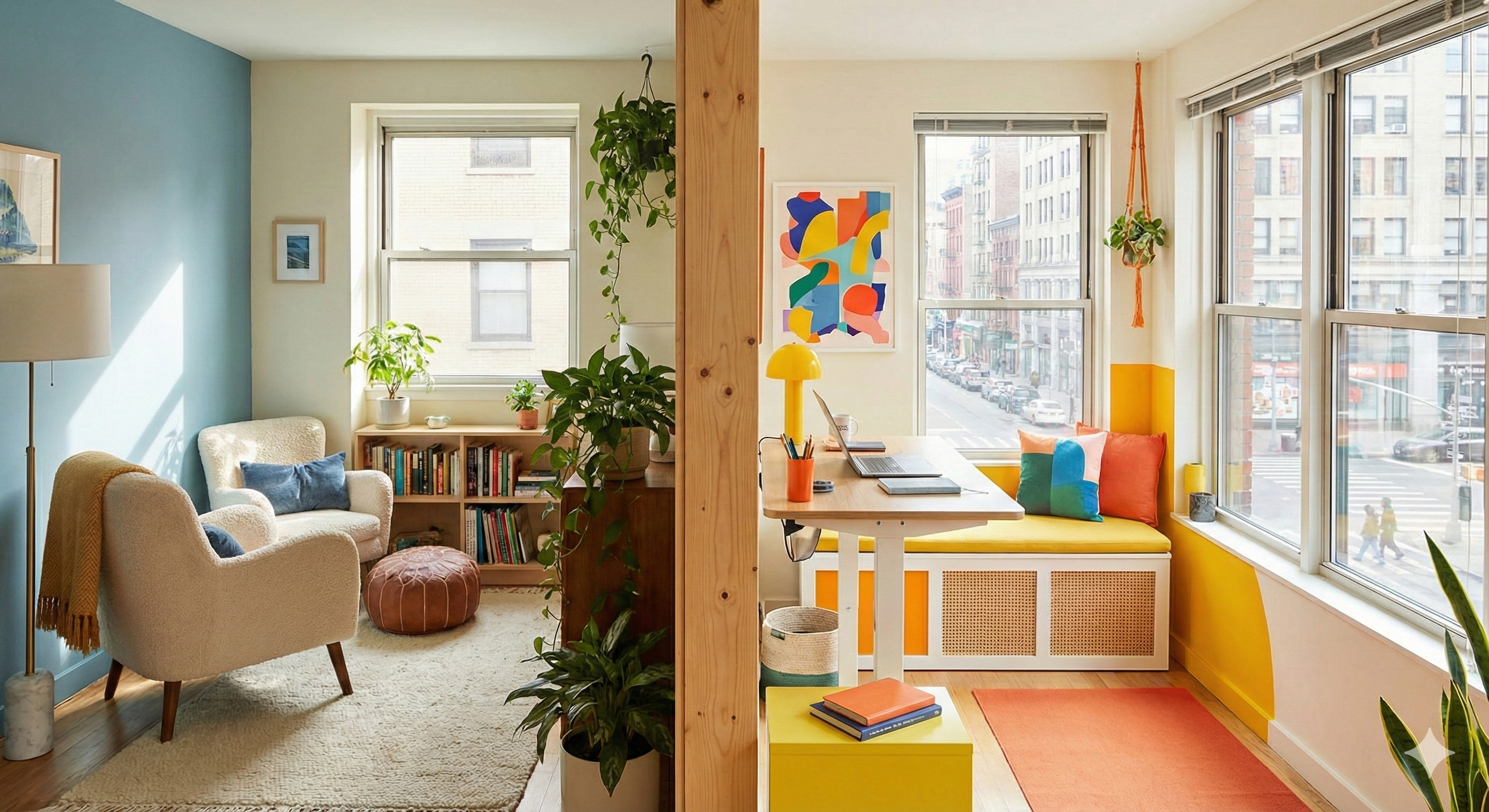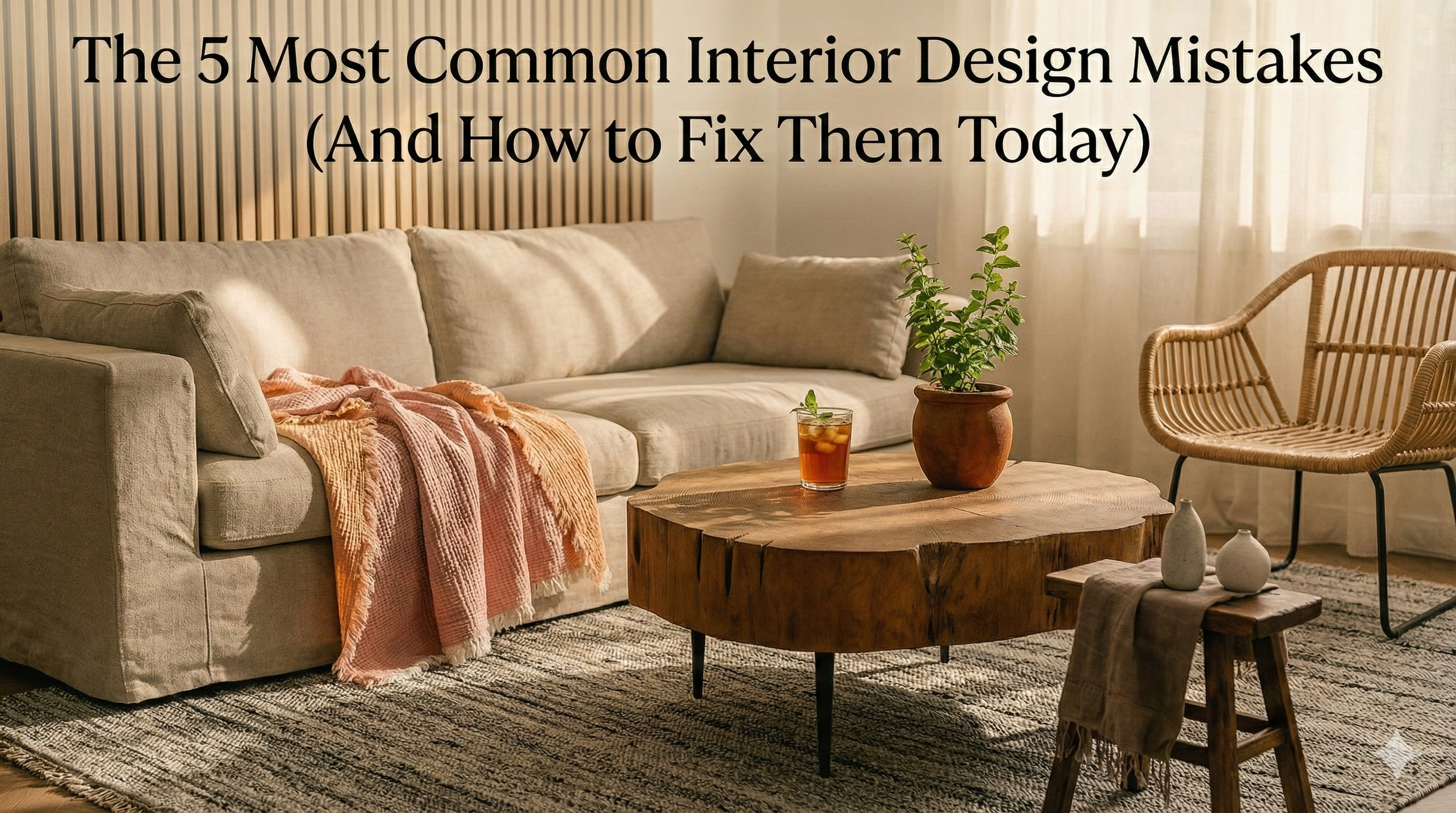How to Create Rhythm & Repetition in Interior Design (That Actually Works)
Introduction to Rhythm & Repetition

Imagine walking into a space where your eyes naturally follow a pleasing path, connecting different elements. This sense of flow and completeness is the result of rhythm and repetition in interior design. These principles are key to making a room feel intentional and cohesive, rather than haphazard.
What Is Rhythm in Interior Design?

Shop Modern Abstract Metal Vanity Mirror - Desk Decor - Silver
Rhythm in interior design is analogous to rhythm in music, where recurring beats create a pattern. In a room, this is achieved by repeating elements such as colors, shapes, lines, or textures. When done effectively, it guides the eye smoothly from one area to another, fostering a sense of order and tranquility.
The Magic of Repetition

Shop Pottery Handmade Colored Vase | Textured, Stoneware, Rustic, Farmhouse, Boho, Ethnic
Repetition is the fundamental principle that underpins rhythm, serving as the simplest method to unify a space. This can be applied through the consistent use of colors, shapes, or textures across various elements within the room. For instance, repeating a specific color in throw pillows, artwork, and decorative objects can tie a room together. Similarly, echoing round shapes in mirrors, tables, and bowls, or using similar natural textures in baskets, rugs, and curtains, creates a cohesive feel.
Common Ways to Add Repetition

Several strategies can be employed to introduce repetition effectively. Consistency in textiles, including patterns, colors, materials, and textures, links different elements. Symmetry, especially in seating areas and bedrooms, offers an easy way to create balance. Repeating materials like hardware, woods, or stones also contributes to the room's overall feel and aesthetic. Each material evokes a distinct mood, from the warmth of wood to the sleekness of metal.
Progression and Movement

Shop Rattan Wall Hanging Handmade Set
Progression builds upon repetition by introducing gradual change, thereby creating a dynamic sense of movement and interest. This can be achieved through variations in size, color, or pattern. For example, arranging objects from smallest to largest, or transitioning through shades of a single color, guides the eye and organizes the space. Similarly, moving from simpler to more complex patterns can draw attention along a visual path.
Real Examples That Work

Shop Natural Linen Bedding Set - Various Colors - Soft & Comfortable
Practical applications of these principles are evident in well-designed spaces. A gallery wall benefits from repeating frame styles and arranging art by size for visual progression. In a living room, repeating metallic accents like brass in furniture and decor, with varying boldness, creates both rhythm and movement. Bedrooms achieve harmony through layered bedding using similar textile materials, patterns, and color shades, with varying pattern scales.
Why This Matters for Your Home

The absence of rhythm and repetition can leave rooms feeling scattered and uncomfortable. These design principles are crucial for achieving visual balance, where the eyes can rest comfortably. They foster a sense of comfort and familiarity, making spaces feel intentional. Furthermore, repetition helps establish clear focal points and guides the eye through the space, creating a natural, pleasant flow, much like a well-crafted conversation.
Start Small: Your Action Plan

Implementing rhythm and repetition doesn't require a complete room overhaul. Start with simple, manageable steps. Try repeating a single color in three different spots, placing two identical objects in separate areas, or arranging a small collection by size on a shelf or mantelpiece. These small changes can quickly make a significant difference, leading to more cohesive and intentional-feeling spaces.

